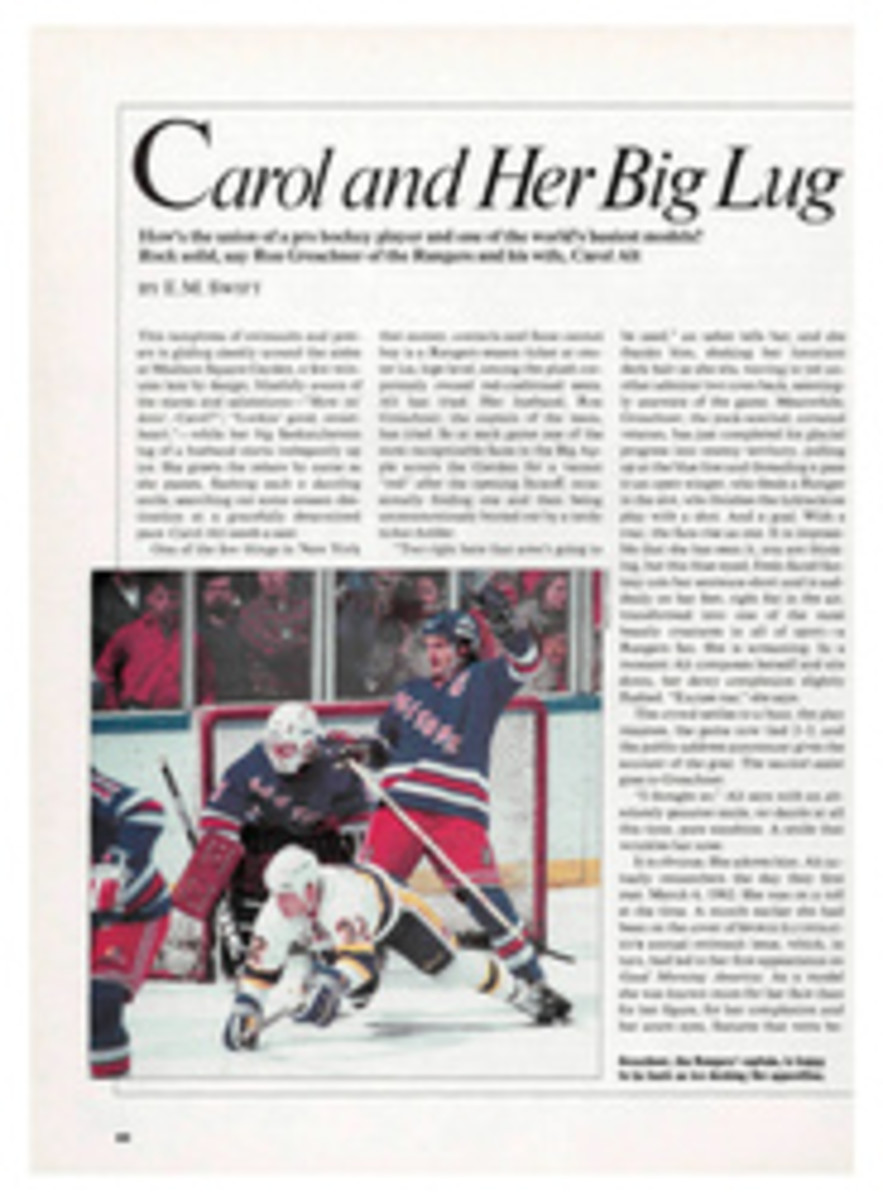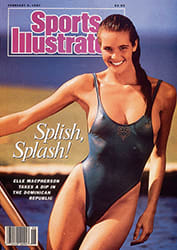
THE USFL: A SAD SACK
Reading Jim Byrne's chronicle of the United States Football League, The $1 League: The Rise and Fall of the USFL (Prentice Hall Press, $17.95), is a little like watching a rerun of an old USFL game. You find yourself wondering: Will this thing go on forever?
Byrne, a former USFL communications director, apparently thought it necessary to regale the reader with every step—every meeting, every ownership change, every memo—in the league's history. That sort of minutiae might be palatable if the writing were less ponderous, but alas, Byrne's descriptions quickly become numbingly repetitive.
Byrne's other problem is one of perspective—or more precisely the lack of it. We know that much of what he recounts must have come from firsthand experience. But Byrne never specifically acknowledges his own presence anywhere in the narrative, which would have lent it some authenticity because of its paucity of sources. Nor is there evidence that Byrne tried to interview any of the principal figures after the fact to get their recollections. He just plows through the USFL's four years, telling it seemingly from his own memory and from league documents.
These failings aside, Byrne's observations on the league's extraordinary capacity for self-destruction are right on target. He painstakingly details the myriad problems: the overly restrictive TV contract with ABC in which the USFL was left powerless; the egregious overspending on salaries for "name" players like Herschel Walker, Steve Young and Doug Flutie; and Donald Trump's obsession with forcing the league to play in the fall and thus bring about a possible merger with the NFL.
Byrne's insider status affords the reader some colorful anecdotes. We learn about the owners' dinner in New Orleans, for example, at which J. William Oldenburg, the flamboyant owner of the L.A. Express, introduced himself to his colleagues by tearing his shirt open and proclaiming that his team would "beat the——" out of anyone in the room. (His team's performance that season was as bare as his chest.)
The problem with the attendance figures for the 1984 championship game in Tampa between the Philadelphia Stars and the Arizona Wranglers also provides a telling tale. League officials considered the estimate of 40,000 by the stadium's executive director to be far too low for the league's image, particularly because the previous year's figure was 50,906. So, after some heated debate in a private suite in the press box, the number was publicly announced as 52,662, an elegantly precise figure that apparently bore no relation to reality.
The picture that emerges from all this is of an exceptionally shortsighted and inept group of owners, grasping at any harebrained scheme to extricate themselves from the quagmire they created. The antitrust suit against the NFL is seen as the last of these attempts, and one which seemed doomed from the outset. The book's title—a reference to the USFL's award in the case—echoes the accuracy of Byrne's assessment.
ILLUSTRATION
KENT SMITH

